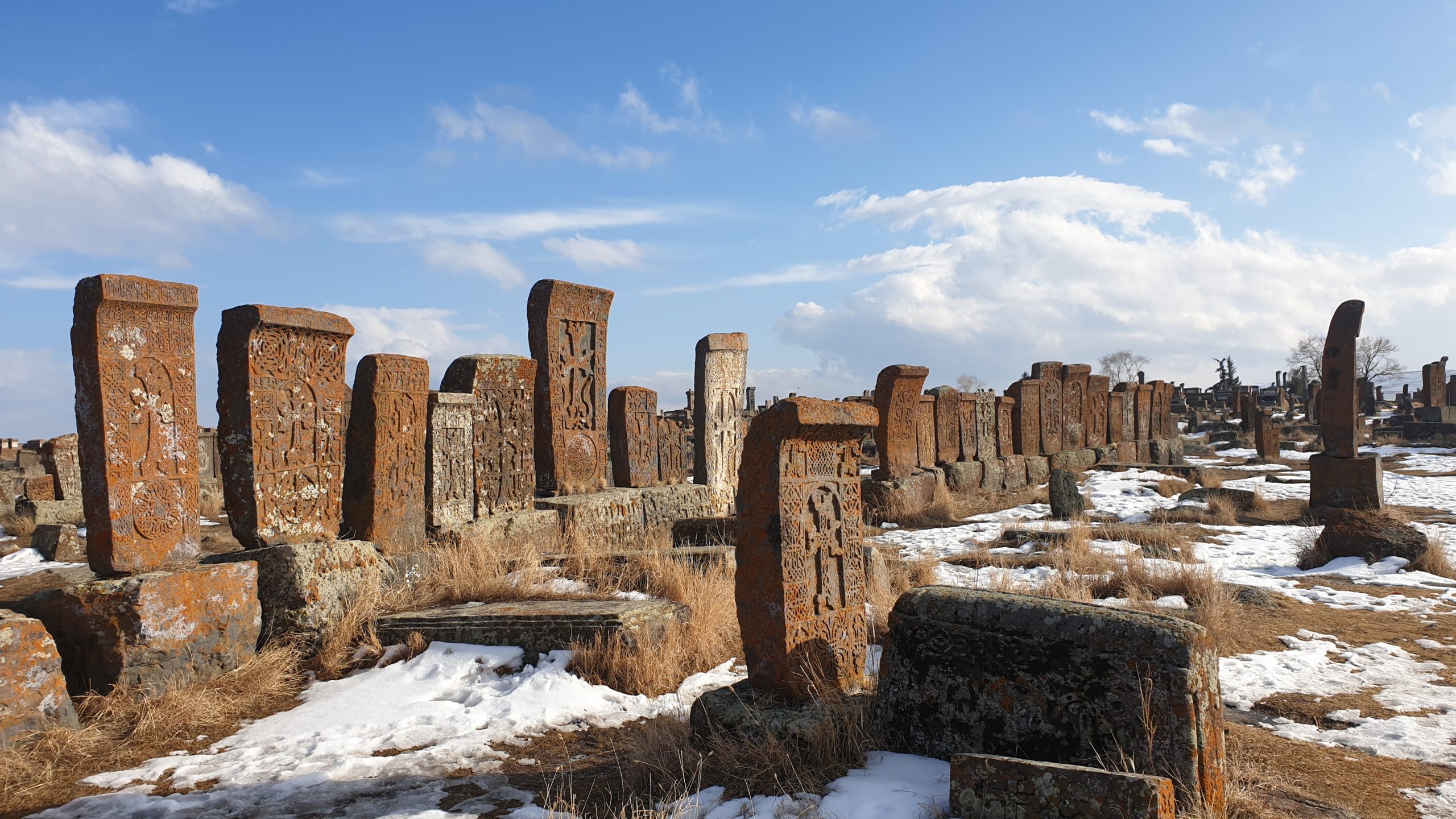Exploring Armenia
The First Christian Nation
Written by Christina Ghevondian.
Where is Armenia located?
Armenia is located at the crossroads between Europe and Asia in Transcaucasia, on the Armenian Highlands. It is bordered by Iran to the south, Georgia to the north, Azerbaijan to the east, and Turkey to the west. Next to Armenia, in the South Caucasus, there is a breakaway state, much of whose territory is closely integrated with Armenia and functions as de facto part of Armenia. It is called the Republic of Artsakh and is populated by ethnic Armenians.
Once, Armenia was a huge empire, however, over the ages it lost most of its former territories. During the reign of one of the greatest kings of Armenia, Tigranes the Great (95–55 B.C.), the boundaries of Armenia were expanded from the Caspian Sea to the Mediterranean. Thus, “From Sea to Sea Armenia” is a popular expression among Armenians that describes the great kingdom that Tigranes the Great created.
About Armenia
Armenia is a small country, and the territorial area is approximately 28,000 sq. km., and its population is around three million. However, more than 10,000,000 members of the Armenian Diaspora are spread throughout the world. The diaspora was formed largely after the Armenian Genocide that was carried out in 1915 by the Ottoman Empire. At that time, more than 1,500,000 people were massacred, and many were deported.
The official language of Armenia is, of course, Armenian. The Armenian alphabet was created in 405 by Mesrop Mashtots. It is an Indo-European language with an independent branch. However, as Armenia was part of the Soviet Union from 1922 to 1991, Russian is the most spoken foreign language in Armenia. The majority of Armenians have a good command of Russian.
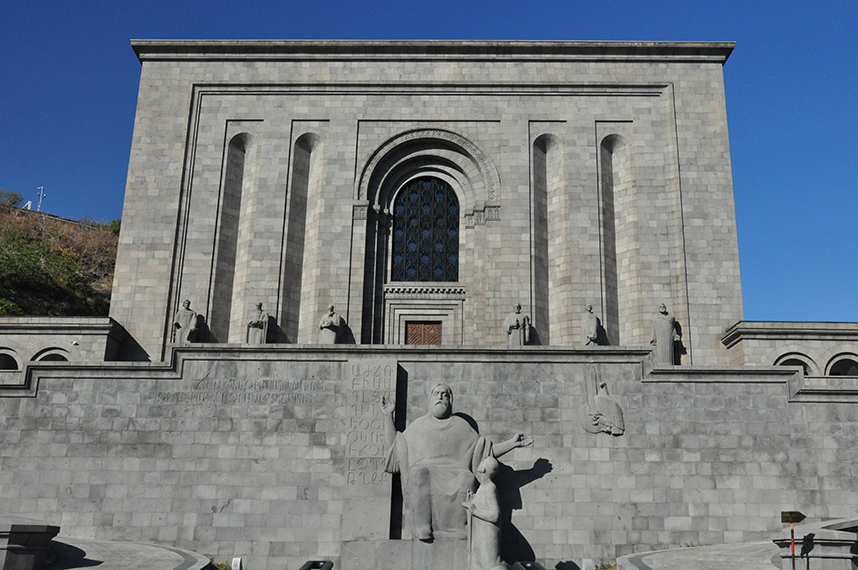
Armenia consists of eleven administrative divisions, including the capital city Yerevan. Being the capital city, Yerevan has a special administrative status and is the economic and political center of the country, as well as a cultural center. Yerevan is also one of the oldest cities in the world. It was founded in 782 B.C. It is a beautiful city with a number of historical buildings and monuments. It is also known as the “pink city” because there are many pink buildings that were erected with Armenian tuff stones. Gyumri is the second largest city and the cultural capital of Armenia. Unfortunately, in 1988 there was a strong earthquake that greatly affected the city by destroying homes and taking the lives of thousands of people.
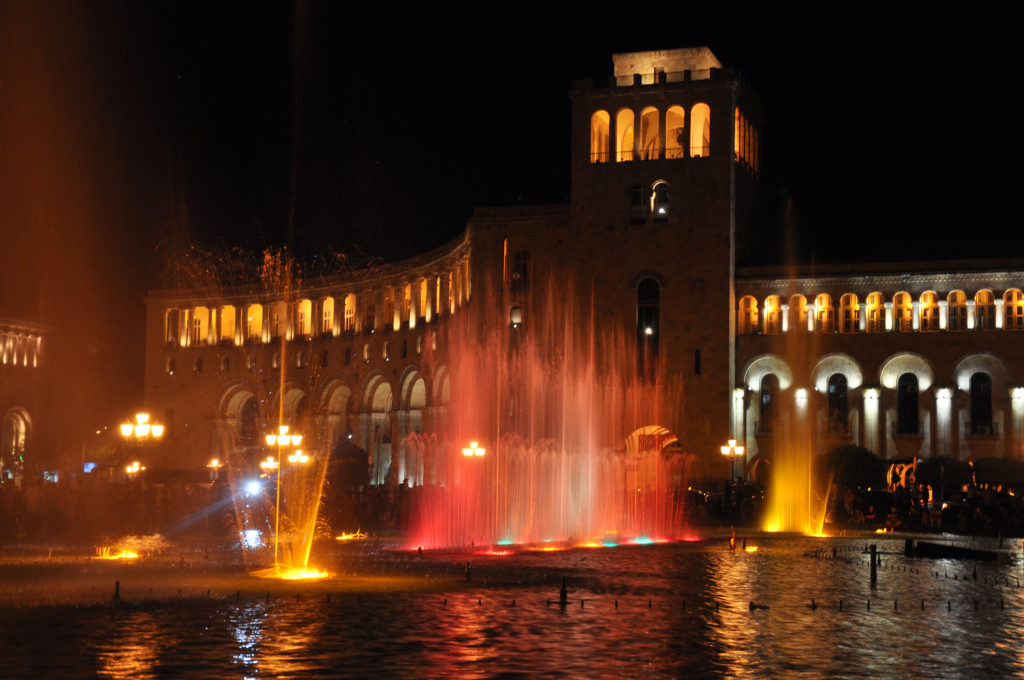
Did you know that Armenia is an ancient nation and the first Christian nation in the world?
The biblical Mount Ararat where Noah’s ark landed used to be part of Armenia. It is considered to be the symbol of the Armenian nation. Mount Ararat is a symbol of Armenia not only because it is a historical site. Armenia was the first to adopt Christianity as its state religion in 301 A.D. Moreover, before adopting Christianity, two of the twelve apostles – Saints Thaddeus and Bartholomew – were the first to bring Christianity to Armenia in the 1st century. Christianity is not just a religion; by blending with the local culture, it became the national identity of Armenia.
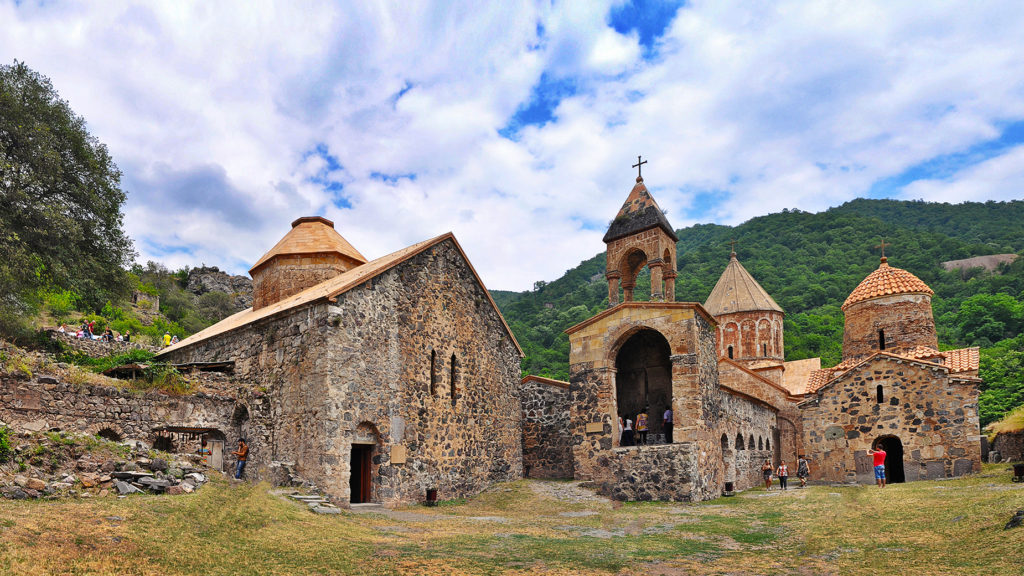
It is impossible to describe Armenia without mentioning Christianity. The Armenian national church is part of Oriental Orthodoxy and is officially called the Armenian Apostolic Church. The overwhelming majority of Armenians are Christians of the Armenian Apostolic Church. Armenia is also considered to be the “land of churches” and is home to many of the oldest churches in the world, some of them dating back as far as the 4th century. Christianity had a great impact on Armenian culture as well. After adopting Christianity, most of the pre-Christian cultural relics were destroyed. One of the rare pre-Christian legacies preserved is the Garni Hellenistic Temple, built in the 1st century. Hellenistic culture, which started to spread after Alexander the Great’s conquests, had a great influence on Armenian culture as well. However, later Christianity started to take root in Armenian culture, so many pagan temples were turned into churches. Also, many new churches and cathedrals were built. As a result, Armenia developed its own distinct style of church architecture.
One of the most magnificent cathedrals is the Etchmiadzin Cathedral, the first cathedral built in Armenia and the mother church of the Armenian Apostolic Church. It is also considered to be one of the oldest cathedrals in the world. There are many churches and cathedrals in Artsakh as well, one of the most famous of which dates back to the 9th–13th centuries (Dadivank Monastery). Artsakh is a wonderful place with not only many churches and monasteries but also some marvelous sights. One of those places is Hunot Canyon, a natural-historical reserve. Hunot Canyon is surrounded by beautiful nature and caves. Around there you can find the waterfall called Mamrot Kar. People also call it Zontikner, which means “umbrella” because it looks like an umbrella.
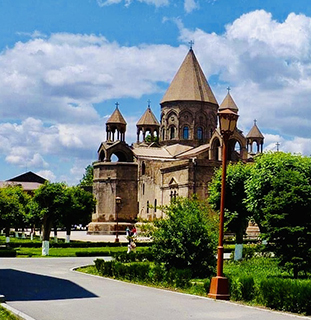
A unique cultural heritage can be found in the country’s carved memorial cross-stones, called khachkar in Armenian, which first appeared in the 9th century and then reached their peak as a form of stone carving in the 12th–13th centuries. Nowadays, there are still khachkar carvers in Armenia. It is a great manifestation of how Christianity is firmly rooted in Armenian culture.
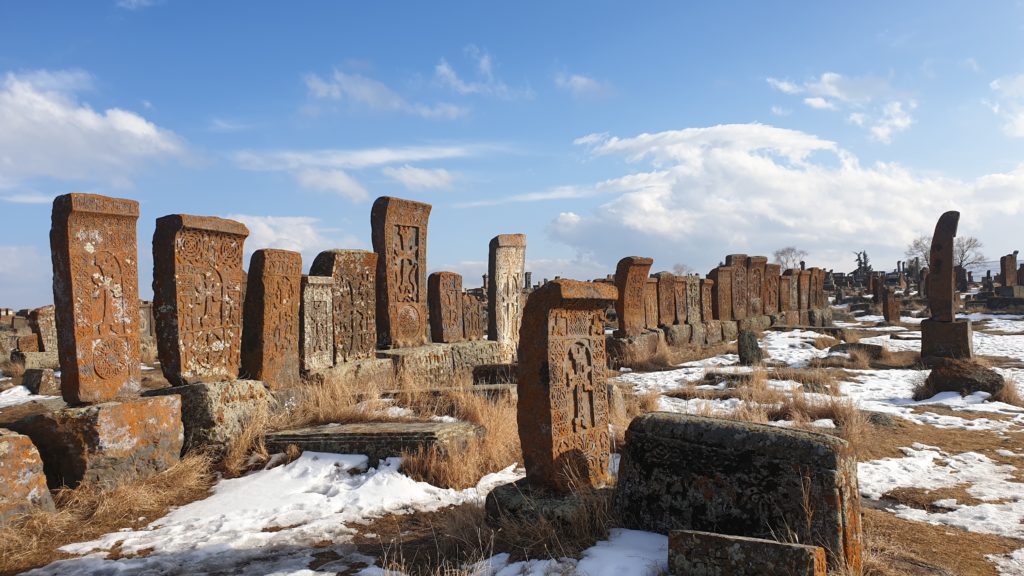
Sadly, not all traditions and historical sites have been so well preserved. For example, a region called Nakhijevan was part of Armenia for centuries. In 1921, after World War I, Nakhijevan became an autonomous territory of Azerbaijan. It was home to thousands of khachkars and tombstones dating back from the 9th–16th centuries in Julfa Cemetery (Nakhijevan City), the number of which was reduced from 10,000 (in 1648) to 5,000 (in 1904). By 2006, thousands of khachkars were destroyed in Julfa Cemetery, thus causing irreplaceable losses for not only Armenian cultural heritage but for world heritage as well.
In spite of many occupations, population losses, territory losses, and cultural heritage losses, Armenians have existed, exist today, and will always exist in the world because we have a creative and strong spirit inherited from our ancestors. Armenia is like an open-air museum. We welcome everyone to discover it.
References
Tchilingirian, H. (2008). The Armenian Church: Brief introduction. Western Diocese of the Armenian Church.
Haghnazarian, A. (2006). Julfa: The Annihilation of the Armenian Cemetery by Nakhijevan’s Azerbaijani Authorities.
Samuelian, T. J. (2004). Armenian origins: An overview of ancient and modern sources and theories (2nd. ed.).
Petrosyan, H. (2001). Symbols of Armenian identity: The Khachkar or Cross-Stone. Armenian Folk Arts, Culture, and Identity.
THE AUTHOR
Christina Ghevondian is an Armenian student at Chonnam National University. She is doing a PhD in Korean language and literature. Even though Christina is Armenian, she considers Gwangju and Korea as her second homeland and has the big dream of contributing to the development of cross-cultural ties between Korea and Armenia. Email: christinaghevondian@yahoo.com







